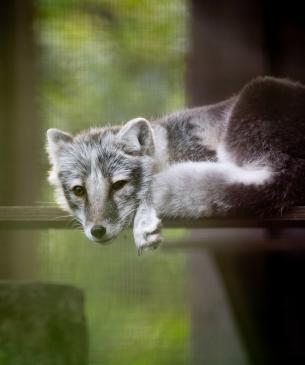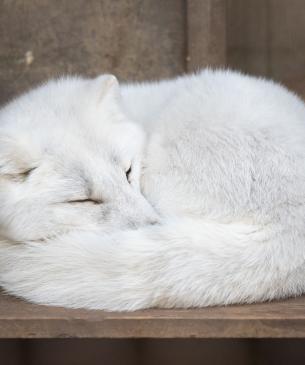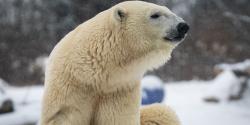Arctic foxes are extremely well adapted to their habitat, from changing their coat to match the surroundings twice a year to hunt in deep snow.
They have incredible hearing, aided by their wide, front-facing ears, which allow them to locate the precise position of their prey beneath the snow. When the Arctic fox hears its next meal under the snowpack, it leaps into the air and pounces, breaking through the layer of snow right onto the prey beneath.
Scientific Name: Vulpes lagopus
Conservation Status: Least Concern
Size: Body length 18 to 26 in., with an average tail length of 13 in.; 9 to 12 in. in height
Weight: 6.5 to 21 lbs., with female Arctic foxes tending to be smaller than males.
Median Life Expectancy: Unknown












